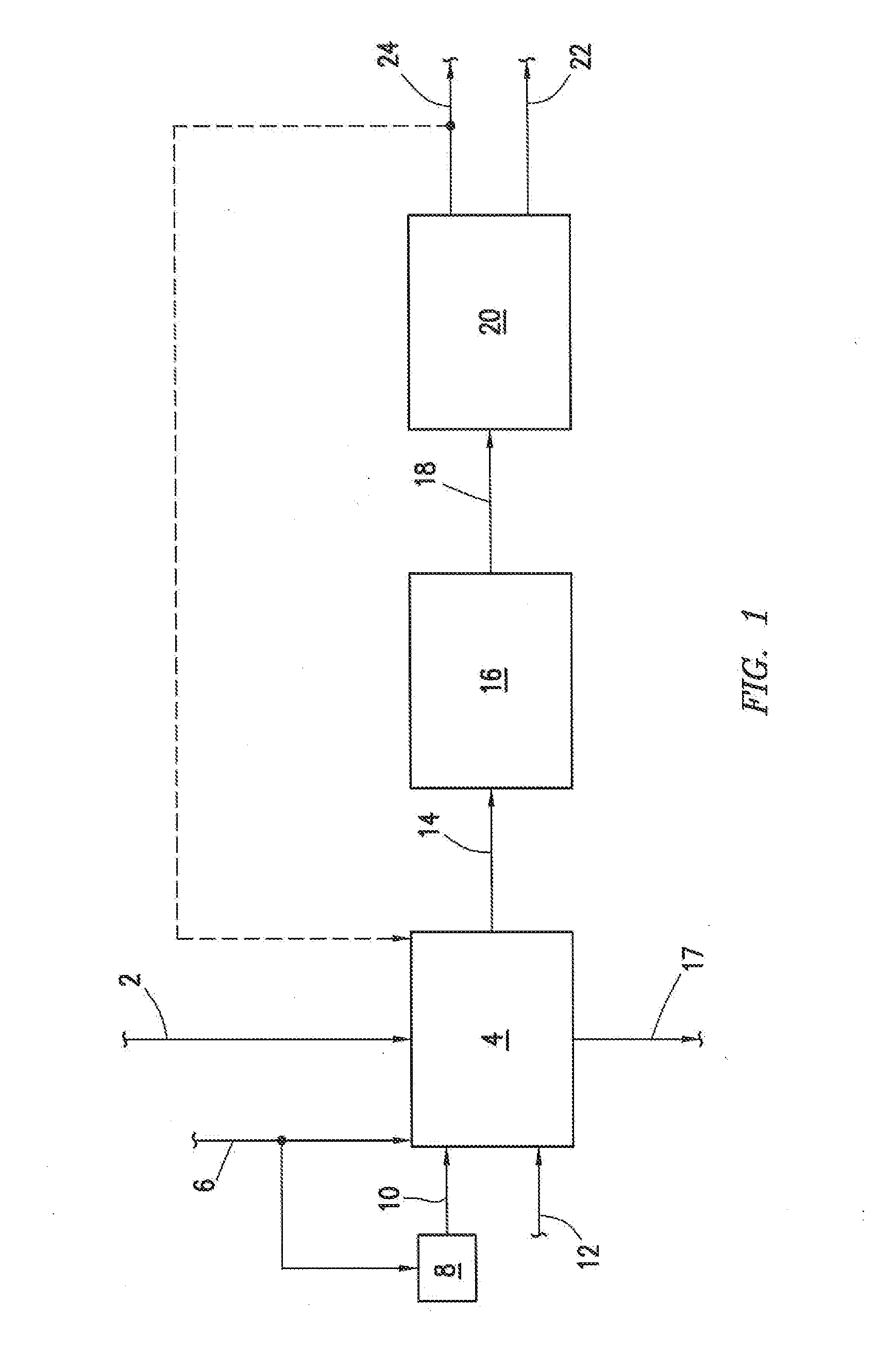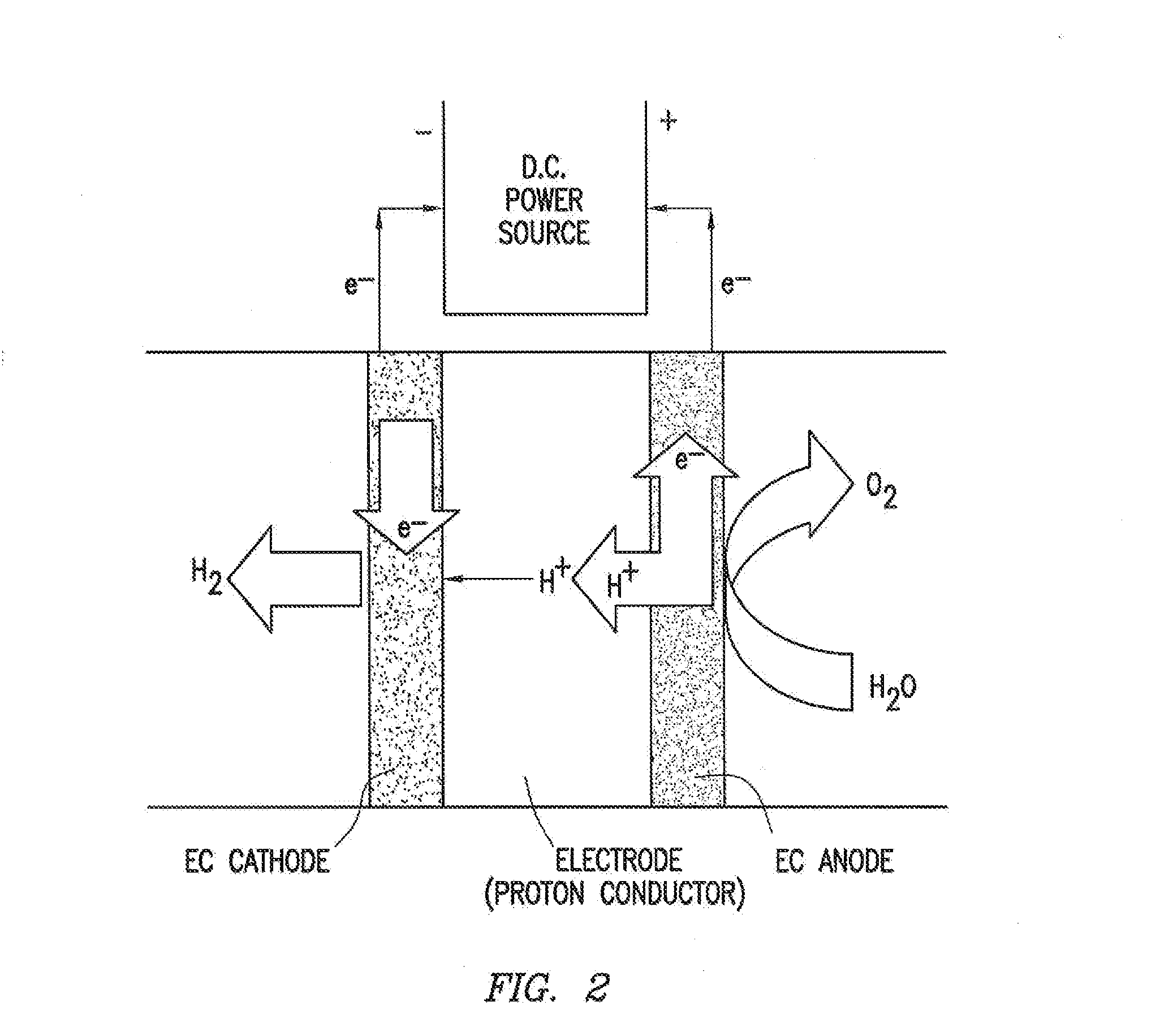Process for enabling carbon-capture from existing combustion processes
a technology of existing combustion processes and carbon capture, which is applied in the direction of separation processes, emission prevention, lighting and heating apparatus, etc., can solve the problems of obtaining oxygen in the operation of oxygen-fuel combustion processes, the upper limit of cosub>2 /sub>could be captured, and the inability to size an amine scrubber to process the entire stream, etc., to achieve the effect of improving feed
- Summary
- Abstract
- Description
- Claims
- Application Information
AI Technical Summary
Benefits of technology
Problems solved by technology
Method used
Image
Examples
Embodiment Construction
[0017]Turning now to the detailed description of the preferred arrangement or arrangements of the present invention, it should be understood that the inventive features and concepts may be manifested in other arrangements and that the scope of the invention is not limited to the embodiments described or illustrated. The scope of the invention is intended only to be limited by the scope of the claims that follow.
[0018]The following examples of certain embodiments of the invention are given. Each example is provided by way of explanation of the invention, one of many embodiments of the invention, and the following examples should not be read to limit, or define, the scope of the invention.
[0019]Any conventionally used and / or known combustion process can be used. Two known combustion processes are steam methane reformer (SMR) furnaces or fluidized catalytic cracker (FCC) regenerators.
[0020]One example where a combustion process is used is a SMR process. Generally, SMR processes can be ...
PUM
| Property | Measurement | Unit |
|---|---|---|
| Fraction | aaaaa | aaaaa |
| Pressure | aaaaa | aaaaa |
Abstract
Description
Claims
Application Information
 Login to View More
Login to View More - R&D
- Intellectual Property
- Life Sciences
- Materials
- Tech Scout
- Unparalleled Data Quality
- Higher Quality Content
- 60% Fewer Hallucinations
Browse by: Latest US Patents, China's latest patents, Technical Efficacy Thesaurus, Application Domain, Technology Topic, Popular Technical Reports.
© 2025 PatSnap. All rights reserved.Legal|Privacy policy|Modern Slavery Act Transparency Statement|Sitemap|About US| Contact US: help@patsnap.com



